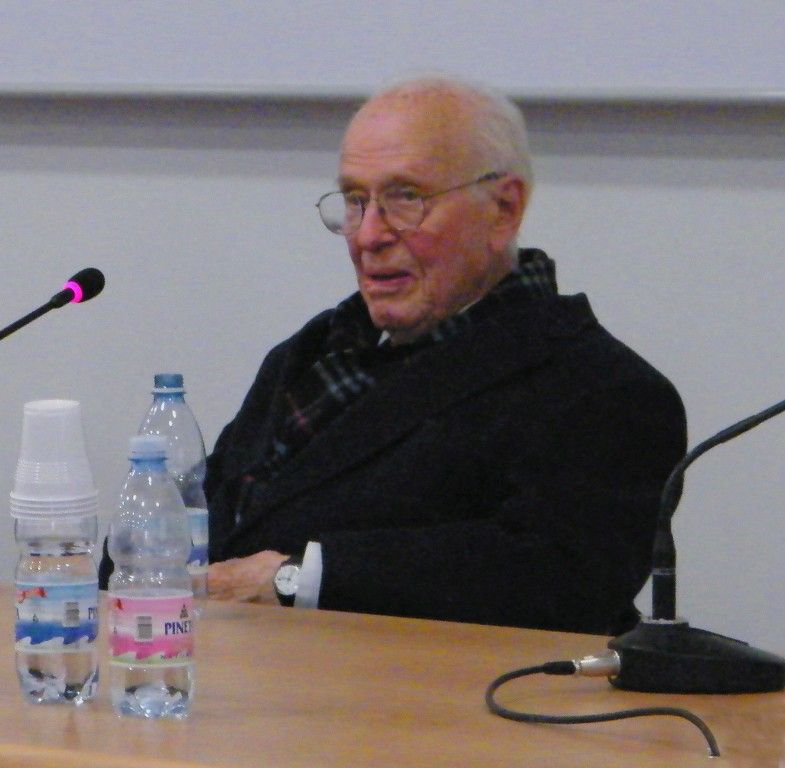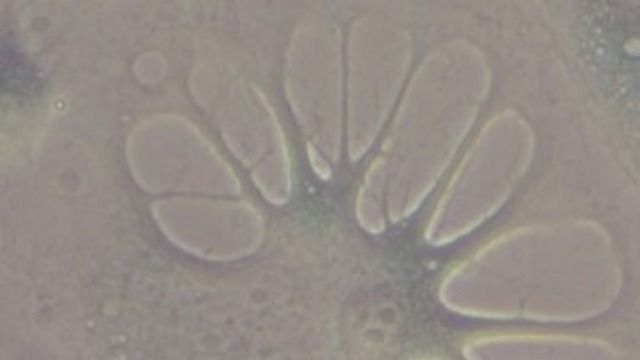Now, another hurricane season is already underway in the Caribbean.
Our research on rainwater harvesting — a low-cost, low-tech way to collect and store rainwater — suggests this technique could be deployed across the Caribbean to improve these communities’ access to water both after storms and in everyday life.
Even before hurricanes Maria and Irma hit last September, some Caribbean islands were unable to provide reliable clean water for drinking and washing to all residents.






